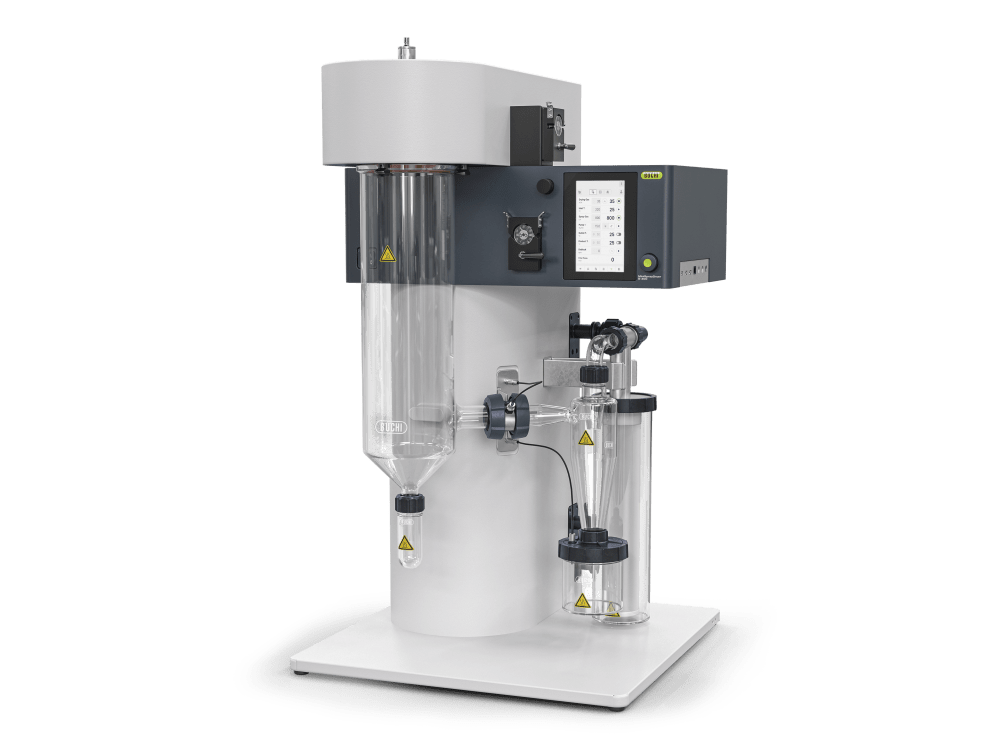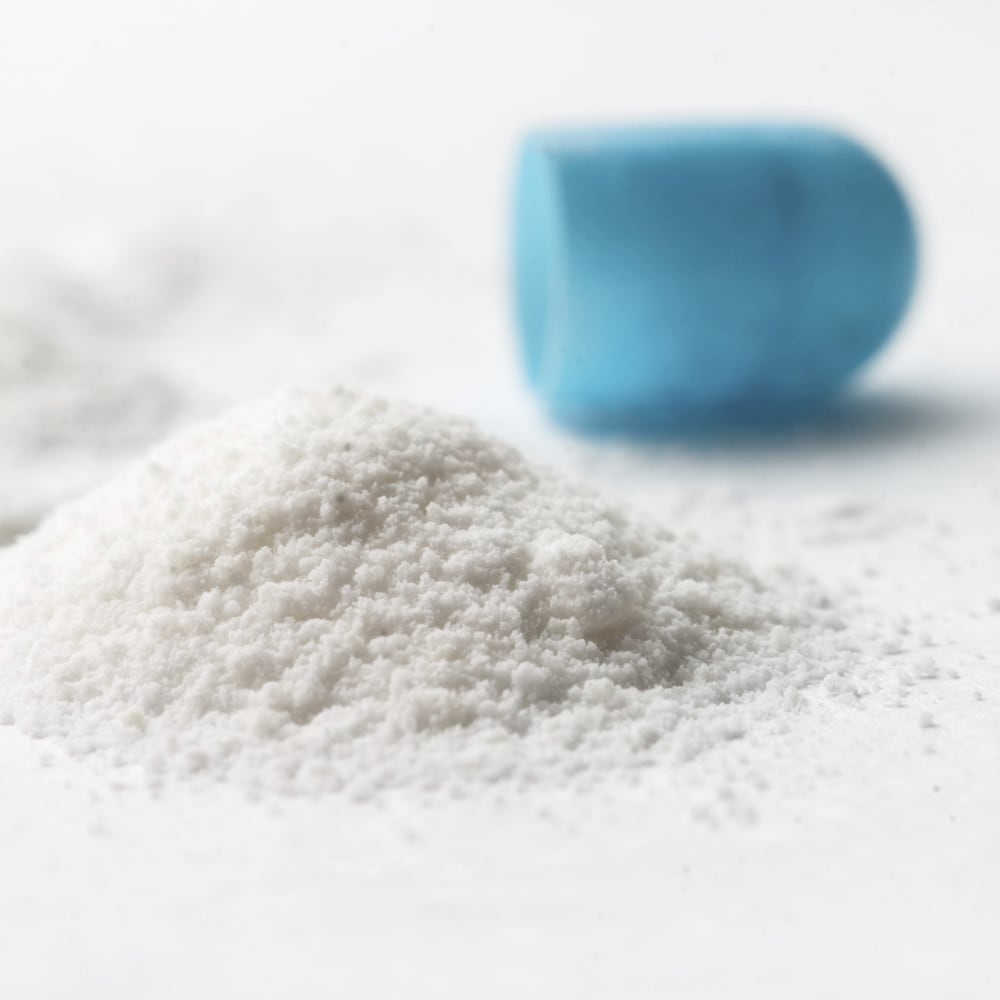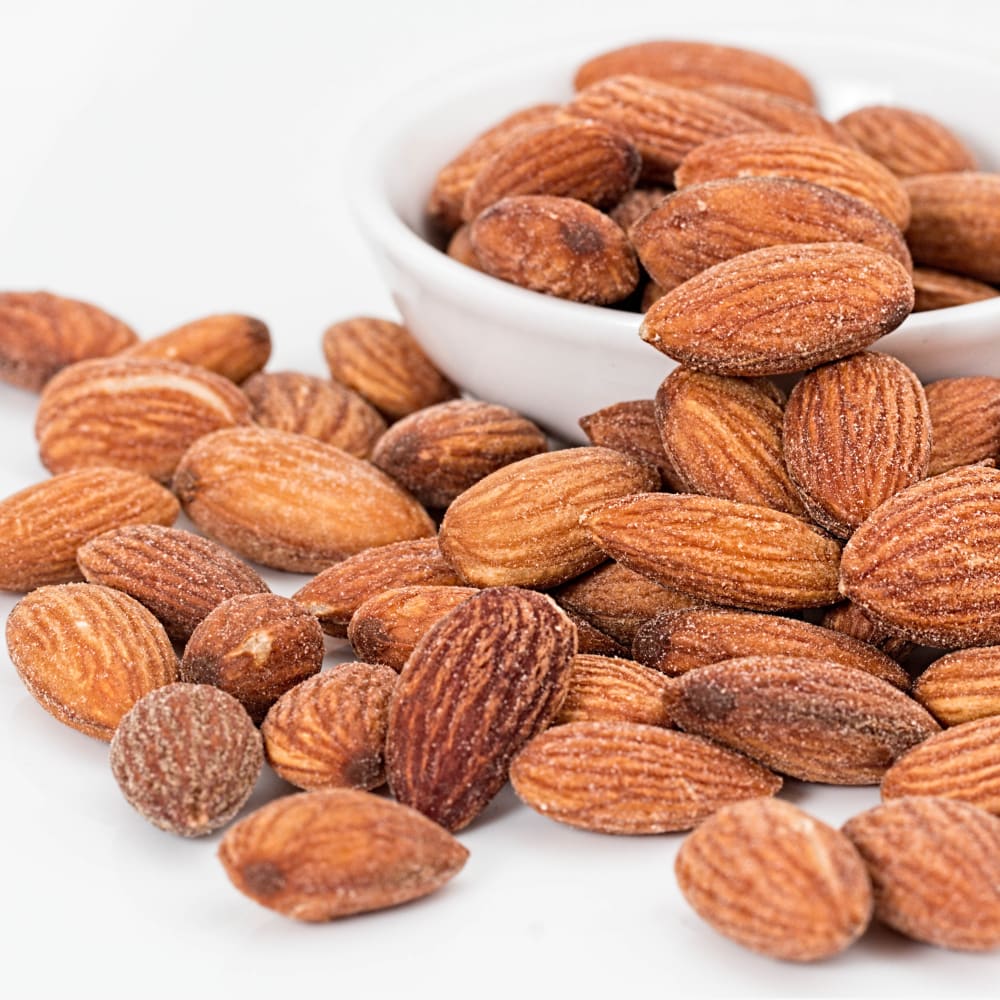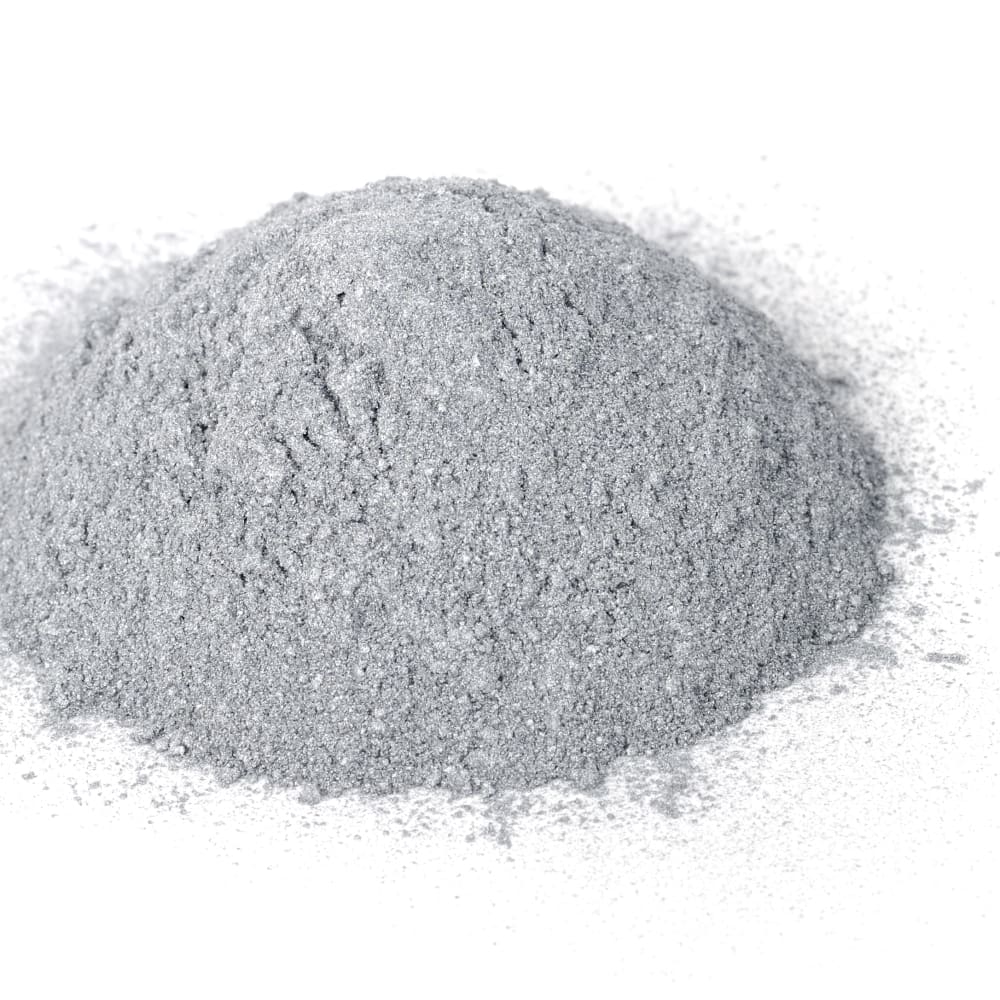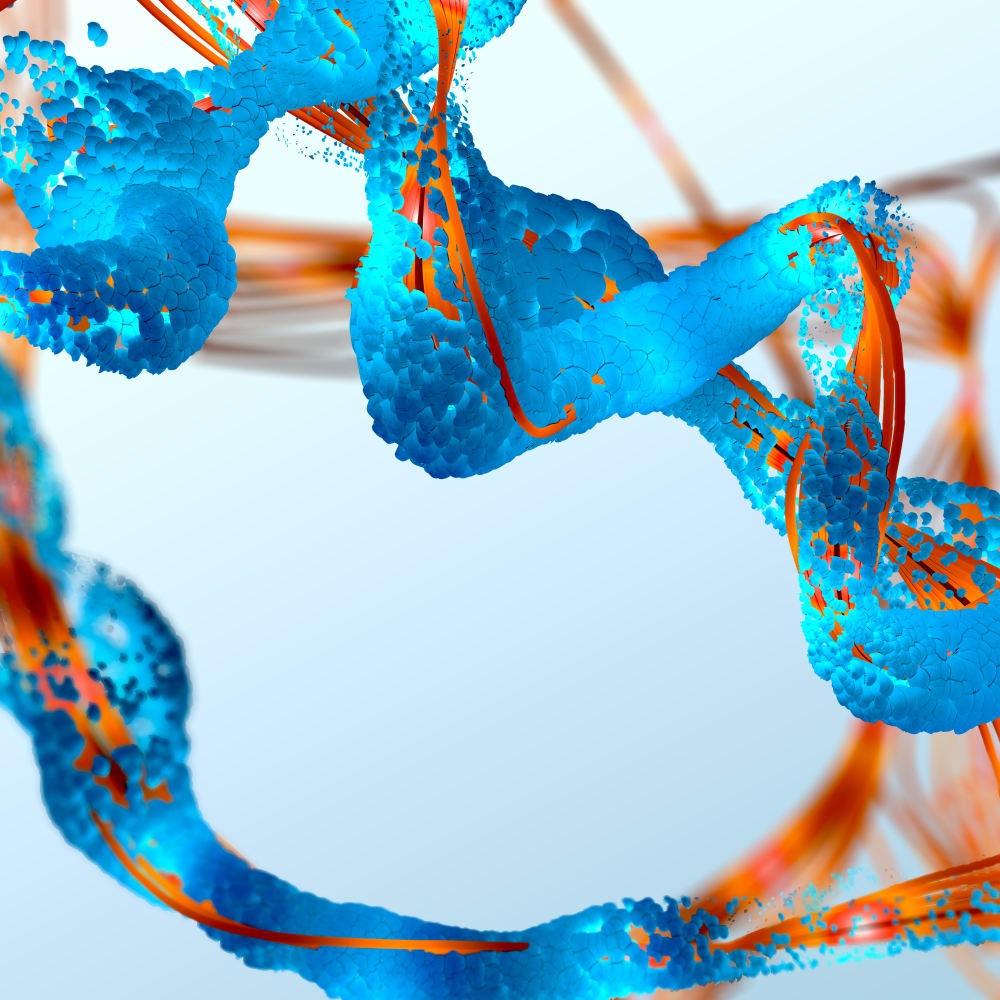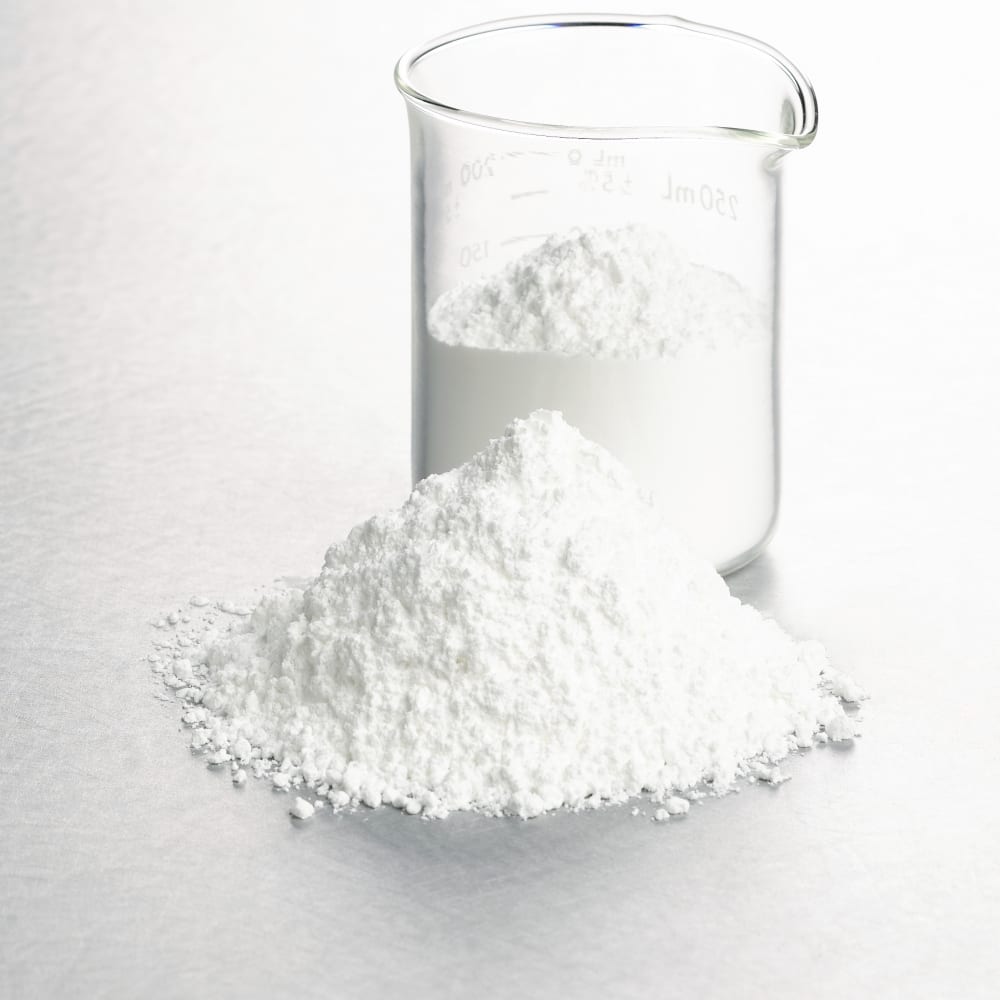Spray Drying of Genipin-Chitosan

Genipin-chitosan is a modified chitosan that has been widely studied for its potential applications in drug delivery, tissue engineering, and wound healing. Spray drying is a promising technique used to produce genipin-chitosan nanoparticles.
Spray drying of genipin-chitosan nanoparticles requires careful optimization of several parameters, such as the type of chitosan, the concentration of the solution, and the drying conditions. The final nanoparticle properties such as particle size, morphology, and drug loading capacity depend on these parameters.
The applications of spray-dried genipin-chitosan nanoparticles are diverse and include targeted drug delivery, imaging, and tissue engineering. Genipin-chitosan nanoparticles can also be used as wound healing agents due to their antibacterial and anti-inflammatory properties.
Overall, spray drying of genipin-chitosan nanoparticles is an important process in the pharmaceutical and biomedical fields, providing a versatile and stable nanoparticle form with a range of functional properties that can be applied in various product formulations.
Please see the application note No. 523 for starting parameters, formulations and some results.
